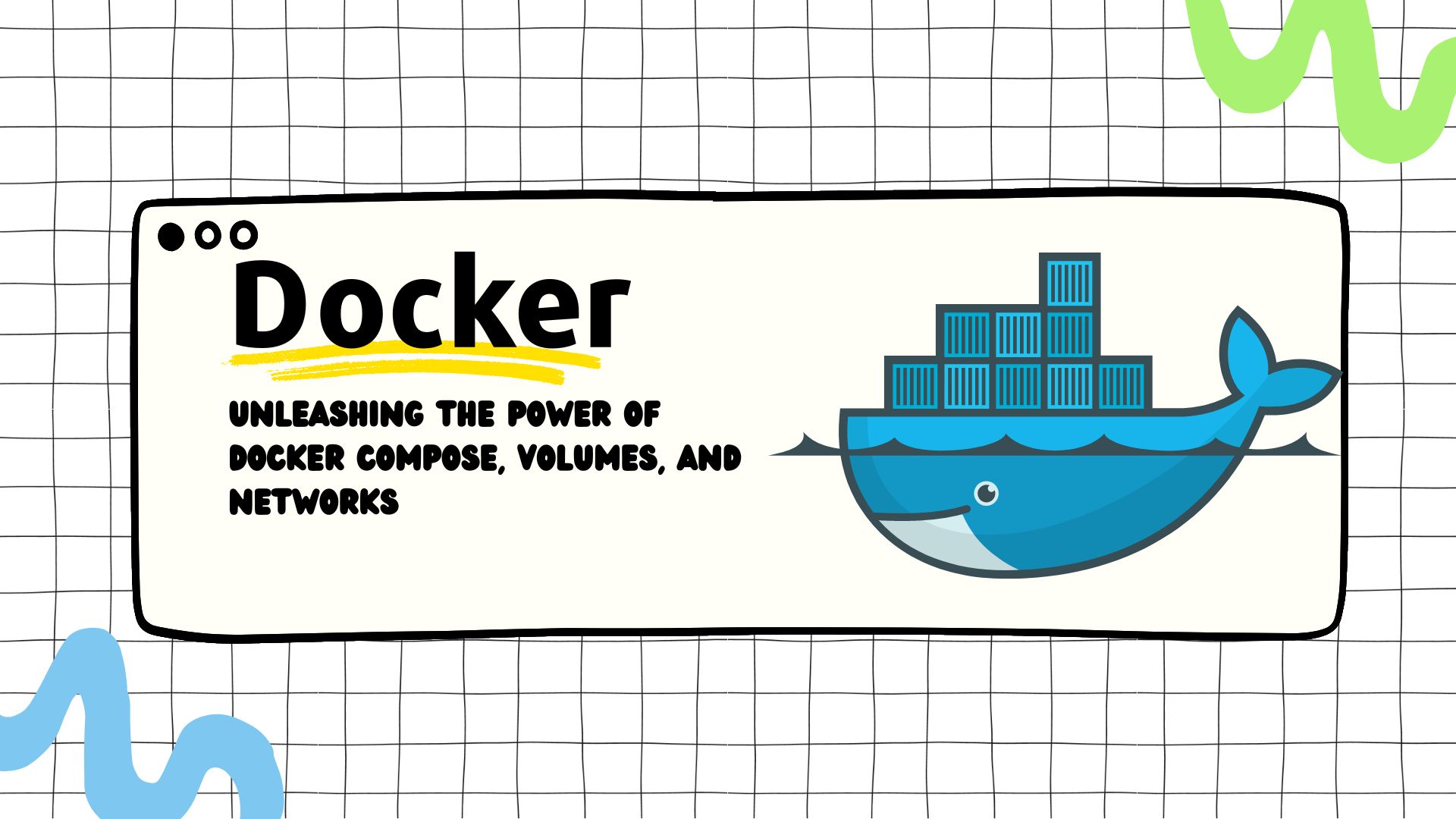Docker for DevOps Engineers: Unleashing the Power of Docker Compose, Volumes, and Networks
 Rohit Ramteke
Rohit Ramteke
In the exhilarating journey of mastering DevOps, Docker shines as a versatile toolset. Today, let's venture into uncharted territories of Docker Compose, Docker Volumes, and Docker Networks. As we traverse the realms of data persistence and container communication, we'll unravel the true prowess of these concepts.
Docker Volume: Data Persistence Beyond Containers
Docker's magic extends to volumes – storage realms separate from containers, ensuring that your data outlasts the container lifecycle. They're perfect for databases and critical information. Mounting volumes within containers ensures data integrity even when containers are created or destroyed.
Docker Network: Bridging Containers in Virtual Space
The concept of Docker Networks elevates the game. These virtual spaces facilitate communication between multiple containers, allowing seamless interaction and connectivity with both host machines and other containers. This cohesive ecosystem empowers applications to work in harmony.
Task1: Orchestrating Multi-Container Applications with Docker Compose
Create a multi-container docker-compose file which will bring UP and bring DOWN containers in a single shot

Use the
docker-compose upcommand with the-dflag to start a multi-container application in detached mode.
Use the
docker-compose pscommand to view the status of all containers, anddocker-compose logsto view the logs of a specific service.
Use the
docker-compose downcommand to stop and remove all containers, networks, and volumes associated with the application
Task 2: Mastering Docker Volumes and Named Volumes
Learn how to use Docker Volumes and Named Volumes to share files and directories between multiple containers.

Create containers that read and write data to the same volume using the
docker run --mountcommand.
Verify that the data is the same in all containers by using the docker exec command to run commands inside each container.docker ps

Use the docker volume ls command to list all volumes and docker volume rm command to remove the volume when you're done.

As we delve deeper into Docker's capabilities, the potential for DevOps optimization and seamless application deployment becomes crystal clear. The journey continues, with Docker's toolbox of wonders guiding us towards greater efficiency and proficiency.
Happy Learning..!!!
Subscribe to my newsletter
Read articles from Rohit Ramteke directly inside your inbox. Subscribe to the newsletter, and don't miss out.
Written by

Rohit Ramteke
Rohit Ramteke
As a seasoned IT professional with expertise in Siebel Administration and DevOps, I am passionate about optimizing CRM solutions and enhancing IT infrastructure to drive business success. With a proven track record of implementing and managing Siebel applications, coupled with strong DevOps skills, I bring a unique blend of technical knowledge and strategic thinking to streamline operations and improve customer experience.